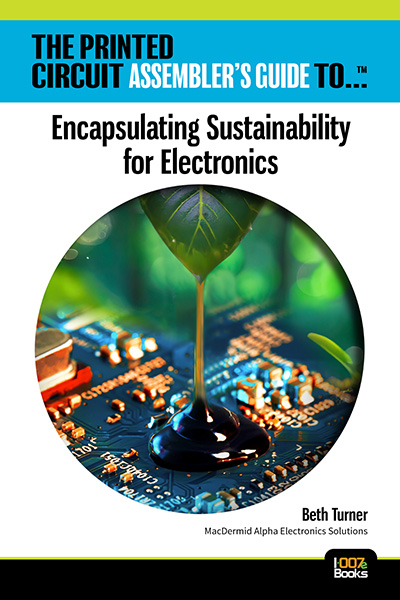Breaking High-speed Material Constraints: Design007 Magazine — May 2024
May 14, 2024 | I-Connect007 Editorial TeamEstimated reading time: Less than a minute
The world of PCB materials used to be a fairly simple one. It was divided into two groups: the “traditional” laminates and the high-speed laminates developed especially for high-speed PCBs.
But then traditional laminates started getting better, and high-speed designers and design engineers took notice. The resin systems have improved to the point that designers are now using flavors of FR-4 for some high-speed PCBs, saving time and money, while streamlining the fab process. In this issue of Design007 Magazine, our contributors explain how to avoid overconstraining your materials when working with high-speed boards. Don’t miss it.
Suggested Items
Underconstraining Your Materials? Leave It to the Experts
05/30/2024 | I-Connect007 Editorial TeamWith traditional laminates now sporting improved resin systems, some OEMs are choosing various flavors of FR-4 instead of high-speed laminates for their high-speed designs—even RF applications. Avoiding overconstraining your materials in high-speed products can lead to considerable cost savings, not to mention a more streamlined trip through fabrication.
Bell Awarded Funding for Phase 1B of DARPA Speed and Runway Independent Technologies (SPRINT) X-Plane Program
05/30/2024 | BellBell Textron Inc., a Textron Inc. company, has been down-selected for Phase 1B of Defense Advanced Research Projects Agency (DARPA) Speed and Runway Independent Technologies (SPRINT) X-Plane program.
Nano Dimension Announces Major Enhancement to its Additive Electronics Robotics Systems from Essemtec
05/30/2024 | Nano DimensionNano Dimension Ltd., a leading supplier of Additively Manufactured Electronics (AME) and multi-dimensional polymer, metal and ceramic Additive Manufacturing (AM) 3D printing solutions, announced a major enhancement to its Additive Electronics (AE) offering from its Essemtec product group that has introduced a new jet-on-the-fly capability, significantly enhancing the speed of additive electronics dispensing by up to 3x, marking a major advancement in AME.
Elementary, Mr. Watson: Pushing Design Boundaries
05/29/2024 | John Watson -- Column: Elementary, Mr. WatsonOverconstraint: What a concept. Our first thoughts would be: What are we hurting by overconstraining a design? Isn't it better to be safe than sorry? What is meant by overconstraint? It means to apply excessive constraints. In engineering and mathematics, it's used when there are too many simultaneous equations to result in an exact solution. For example, fitting a line to many points is overconstrained because a line cannot be drawn simultaneously through all of the points. In PCB design, overconstraints always occur, including dimensional, electrical, manufacturing, and timing constraints. The list goes on.
Beyond Design: Dielectric Material Selection Guide
05/23/2024 | Barry Olney -- Column: Beyond DesignMaterials used for the fabrication of multilayer PCBs absorb high frequencies and reduce edge rates. That loss in the transmission line is a major cause of signal degradation. However, not all of us are designing cutting-edge boards and sometimes we tend to over-specify requirements that can lead to inflated production costs. In this month’s column, I will look at the types of materials commonly used for PCB design and how to select an adequate material to minimize costs.
Copyright © 2024 I-Connect007 | IPC Publishing Group Inc. All rights reserved.
Log in


